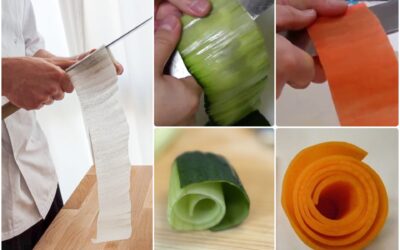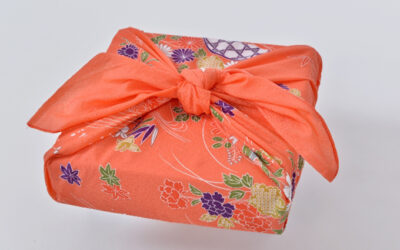
A sampling of REGIONAL OZŌNI
Top row, from left: Kanto (Tokyo area) style, Kansai (Kyoto, Osaka) style, Kanto, Kansai
Bottom row, from left: Tottori with adzuki-jiru, Miyagi with whole grilled goby fish, Kagawa (Shikoku) with anko-filled mochi, Hakata with buri and local leafy green (called katsuo na because it tastes somewhat like katsuo-bushi)
Make YOUR OWN HOUSE Version of OZŌNI
Those with an interest in Japanese food are scattered around the globe. PROJECT OZŌNI is about creating a version of ozōni that showcases your own particular location. Choose one or two foodstuffs that are special to your area; what the Japanese call tosan butsu or local delicacies. In addition, choose 2 or 3 more items (vegetables, fish and seafood, meat, poultry, and tōfu) to add volume to your bowl.
There are many possibilities for creating Ozōni but all must include:
-
omochi (rice taffy) お餅
Either round, hand-shaped and boiled or… rolled sheets, cut into squares, and toasted. The rounds are squishy-soft and loose their shape when boiled; the cut squares brown slightly, puff and split to reveal gooey-soft centers (think roasted marshmallows). Download a reference sheet about preparing and enjoying omochi.
-
shiru (broth) 汁
Either miso-enriched or… clear (what the Japanese call osumashi).
Broths can be Standard Sea Stock (dashi made from kelp and smoky bonito flakes), vegan Kelp Alone Stock, vegan Sankai Dashi (kelp and dried mushrooms) or Japanese Chicken Stock (Wafū Tori Gara Dashi).
-
tosan butsu (local delicacies) 土産物
Sourced from both land and sea – vegetables and fish, fowl, sea creatures – local delicacies can be poached, grilled, and simmered or kept fresh (aromatic citrus zest is a favorite garnish).
The Kitchen Culture Blog post for OZONI includes a classic KANSAI-Style Ozōni made with a miso-enriched stock and boiled omochi. Use this as a guide to creating YOUR OWN HOUSE OZONI.
For further information and inspiration for making OZŌNI
visit the Kitchen Culture blog.




